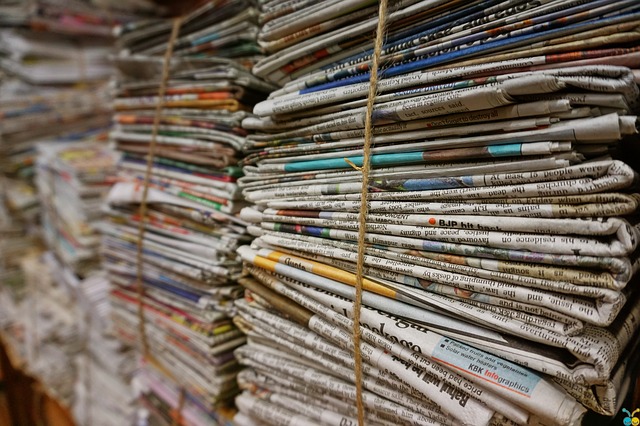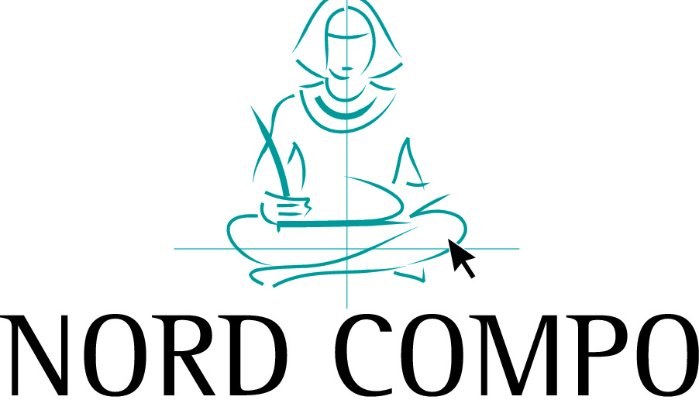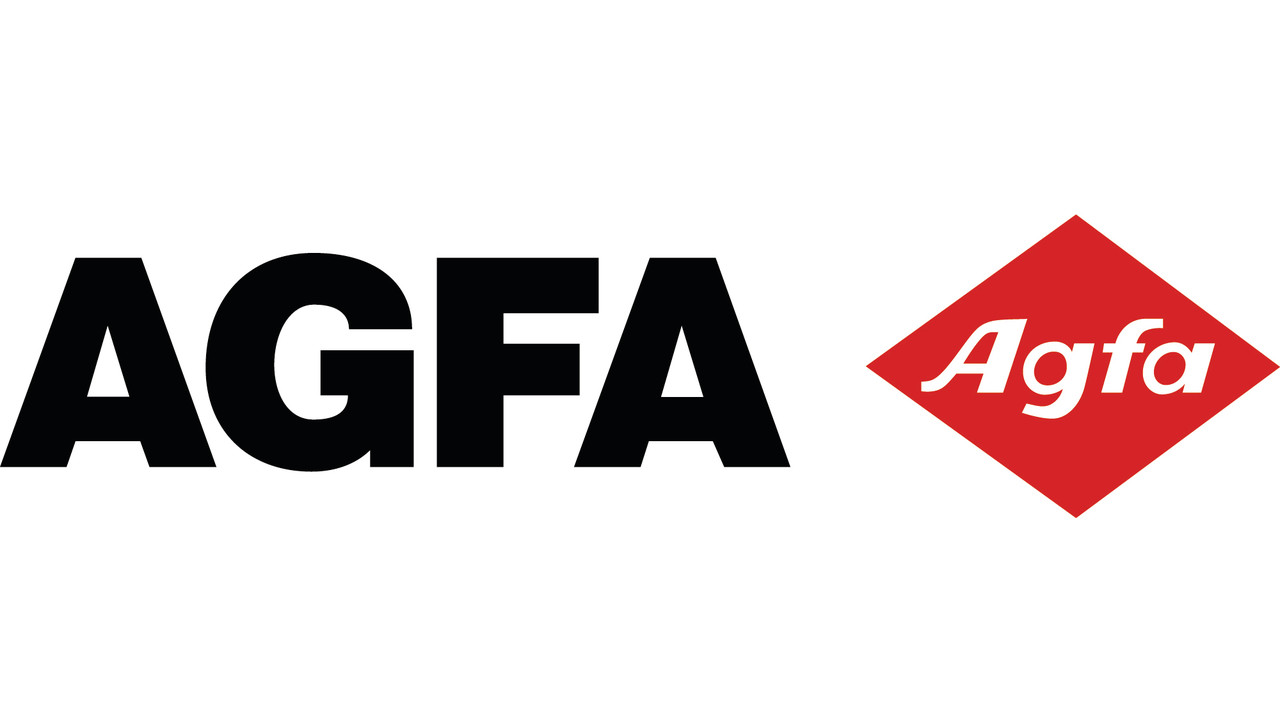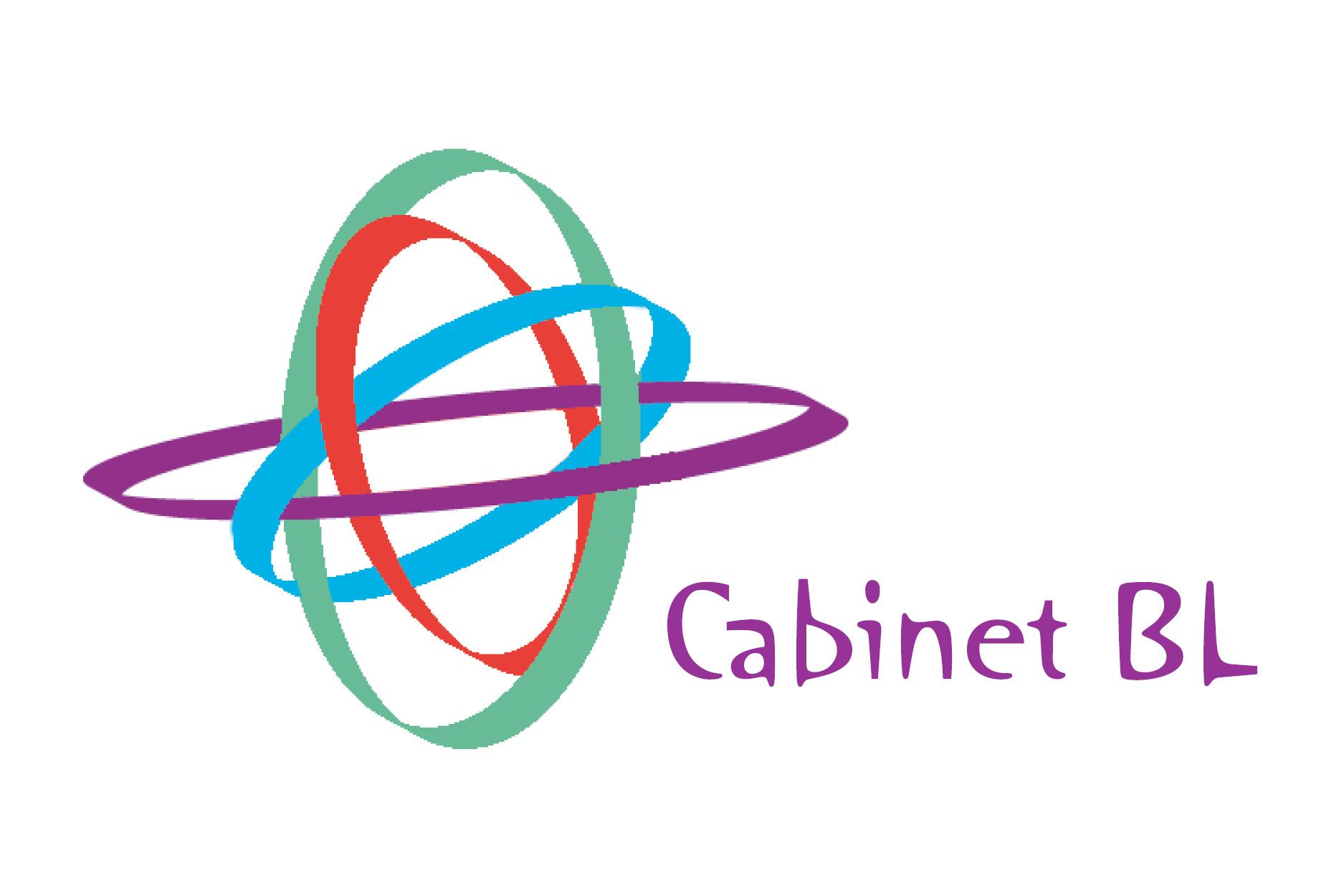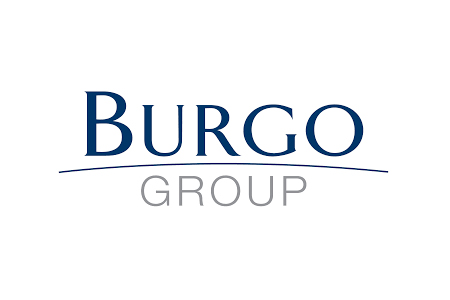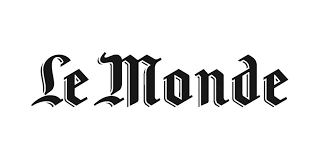Newspapers cost more than twice as much today as they did a decade ago (and that was a smart move by publishers)
Once print advertising collapsed, newspapers hiked prices to get more money from readers. If they hadn’t, they’d employ even fewer journalists and be in even worse shape today.
If you’ve been a daily print newspaper subscriber for any length of time — whether it’s a seven-day morning habit you’ve had for decades or a Sunday-only New York Times subscription you have mainly so your four-year-old will sometimes see Dada reading something other than a screen :raised_hand: — you’ve noticed prices have gone nowhere but up.
A seven-day print subscription to the Times will now run you over $1,000 a year in much of the country. A subscription to The Boston Globe here in Cambridge will run you about $750 a year. The Washington Post or The Dallas Morning News will each run you about $650. And if you’re in that dying breed of single-copy buyers at a newsstand or coffee shop, those four papers would cost you, on a weekday, $3, $2.50, $2, and $2.49, respectively.
Those prices have gone up fast. As recently as 2013, a weekday Boston Globe ran you $1.25 and a Washington Post or Dallas Morning News cost $1. And kids, gather ’round while I tell you about how angry people were in 2001 when a copy of the Post went from 25 cents to 35 cents. A year’s home delivery subscription to the Post cost about $130 back then. Even accounting for inflation since then, a Post subscription now costs about 3.5 times what it used to.
Iris Chyi and Ori Tenenboim have done us a service in a new paper just published in Journalism Studies, measuring the rate at which all those prices have gone up — or at least went up between 2008 and 2016, the span they analyze — at 25 large American newspapers
Lire la suite : Nieman Lab du 28 janvier


